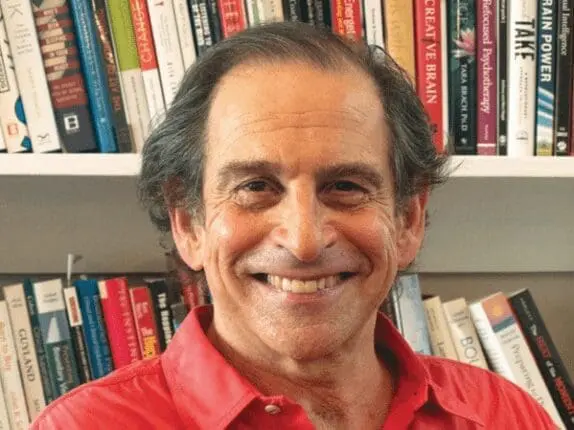Nearly every weekend of my 1950s Bronx childhood, my family made its ritual visit to my Russian-immigrant grandparents, who lived in an apartment building only a few blocks away. Despite the proximity, when my grandparents greeted us at the door, speaking in thick accents and draped in shapeless clothing of indeterminate color, I always felt I was entering another world. As far as I could understand it, their life consisted largely of them sitting on the benches along the Grand Concourse, aimlessly watching traffic and chatting with neighbors. To me, they not only embodied a different culture, but inhabited a deeply foreign country—they lived in the Land of the Old. Now, I realize that however ancient they seemed to me then, they were barely out of their 60s.
Fast forward to 2018, and people their age and beyond are in motion—at least a lot of them are. But fueled by medical advances that allow us to stay healthy for longer, many of us are left to wonder, What are we going to do with this gift of time and relative gusto? The models are no longer very clear. We know we’re not going to inhabit our grandparents’ lives of park benches and horsehair sofas. Neither will most of us follow the example of our previous generation’s middle-class retirement, replete with bridge, golf, and evening highballs. (At least, that’s not all we want to do.) We’re on the cusp of something else, some way of tending to our inevitable vulnerabilities while staying fully in the fray—or as fully as we can. And we’re making it up as we go along.
This issue of the magazine explores the new and largely uncharted world of aging, and the range of strategies we’re using to reinvent this stage of life. Therapist and bestselling author Mary Pipher leads the way with a reflection on the potential for aging to enlarge our capacity for empathy, well-being, and outright joy—as long as we do the work of “staying awake.” As a counterpoint, Networker contributor Fred Wistow writes an unsparing first-person piece on his struggle to find pleasure and meaning in the face of the cascading betrayals of body and mind. Finally, we interview three noted psychotherapists—Irvin Yalom, Erving Polster, and Joan Klagsbrun—about the sometimes surprising ways that working with clients has helped them contend with their own aging, and how, in turn, their personal experience of “elderhood” has influenced the way they approach therapy.
Increasingly, therapists are becoming important players in a new era of more conscious aging, as more people make their way to our offices with issues related to growing older. Part of our focus on the aging cohort looking for various kinds of guidance is simply a matter of numbers: according to the Pew Research Center, 10,000 Baby Boomers will turn 65 today, and about 10,000 more will cross that threshold every day for the next 12 years.
Some, of course, will come into therapy seeking help with illness, dying, and the grief that accompany them, while many others will also want to know how to approach this final season of life with as much engagement and vibrancy as they can. But as we professional helpers seek to find our own way into a vital old age in a youth-fixated culture, the roles of teacher and student are often likely to seem both blurry and interchangeable.
Richard Simon
EDITOR, Psychotherapy Networker
Rich Simon
Richard Simon, PhD, founded Psychotherapy Networker and served as the editor for more than 40 years. He received every major magazine industry honor, including the National Magazine Award. Rich passed away November 2020, and we honor his memory and contributions to the field every day.













